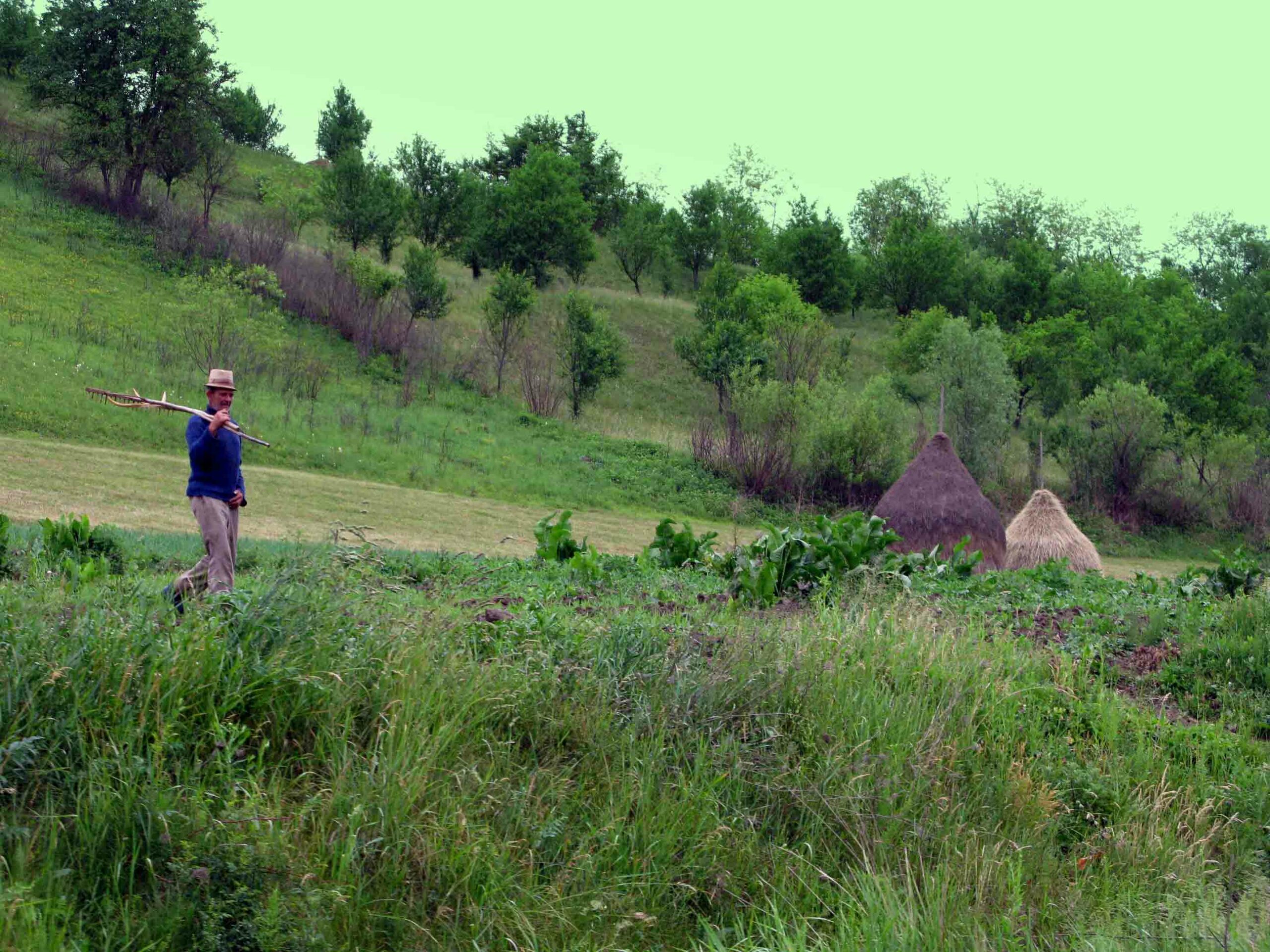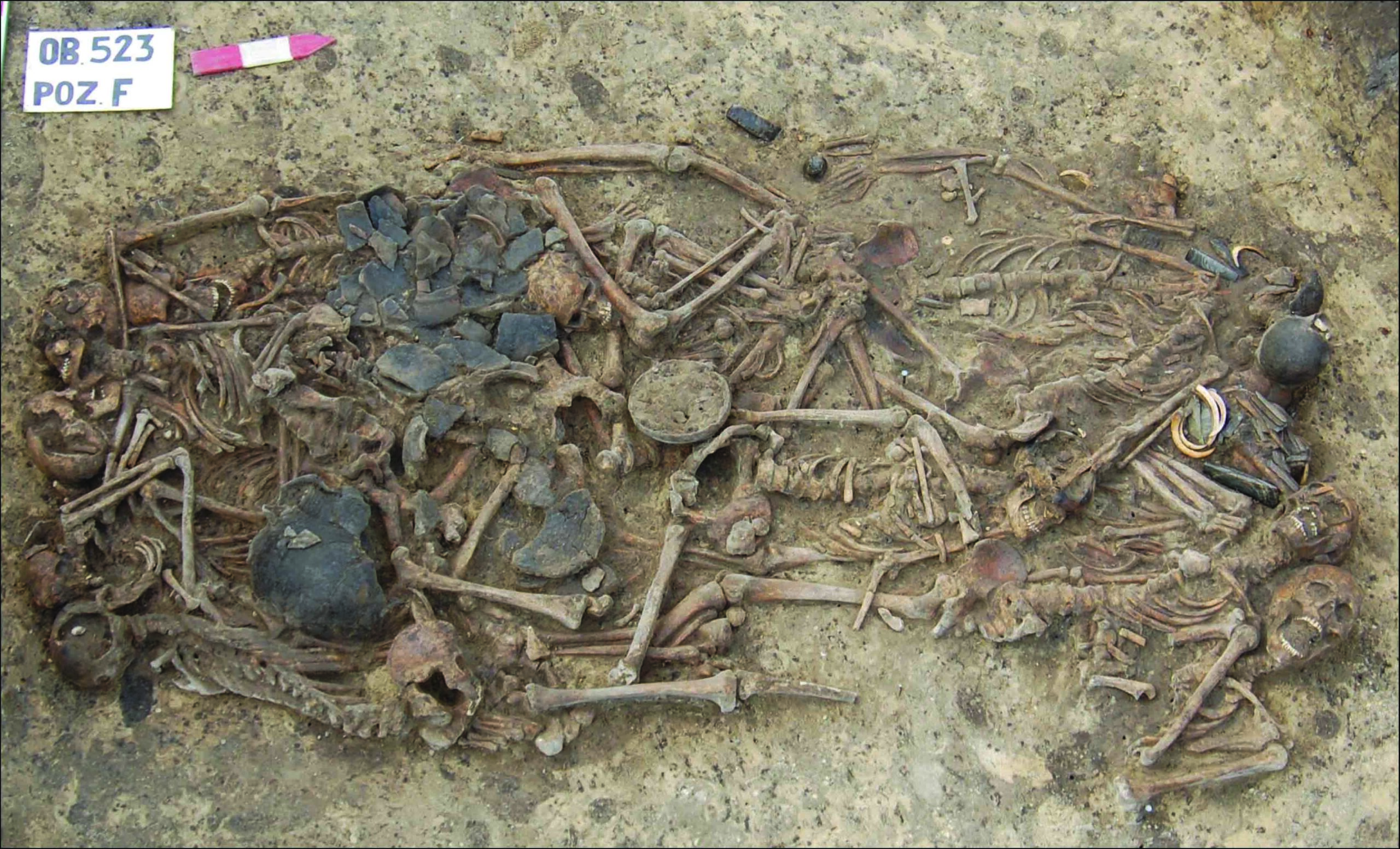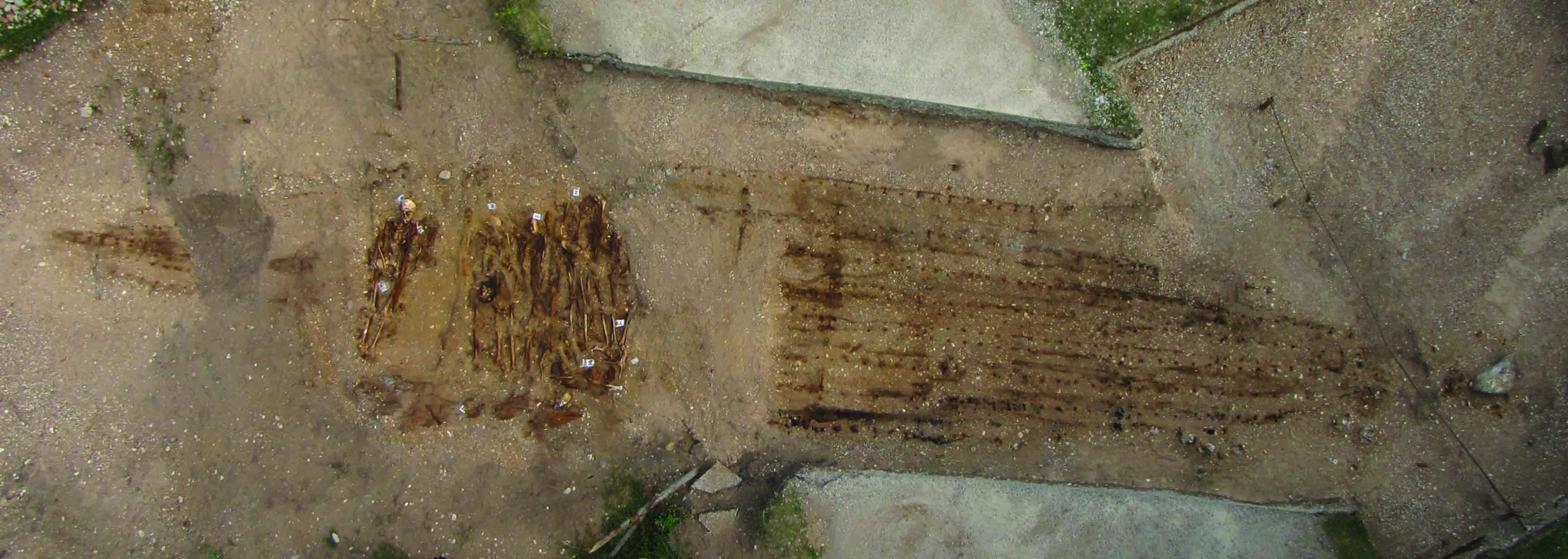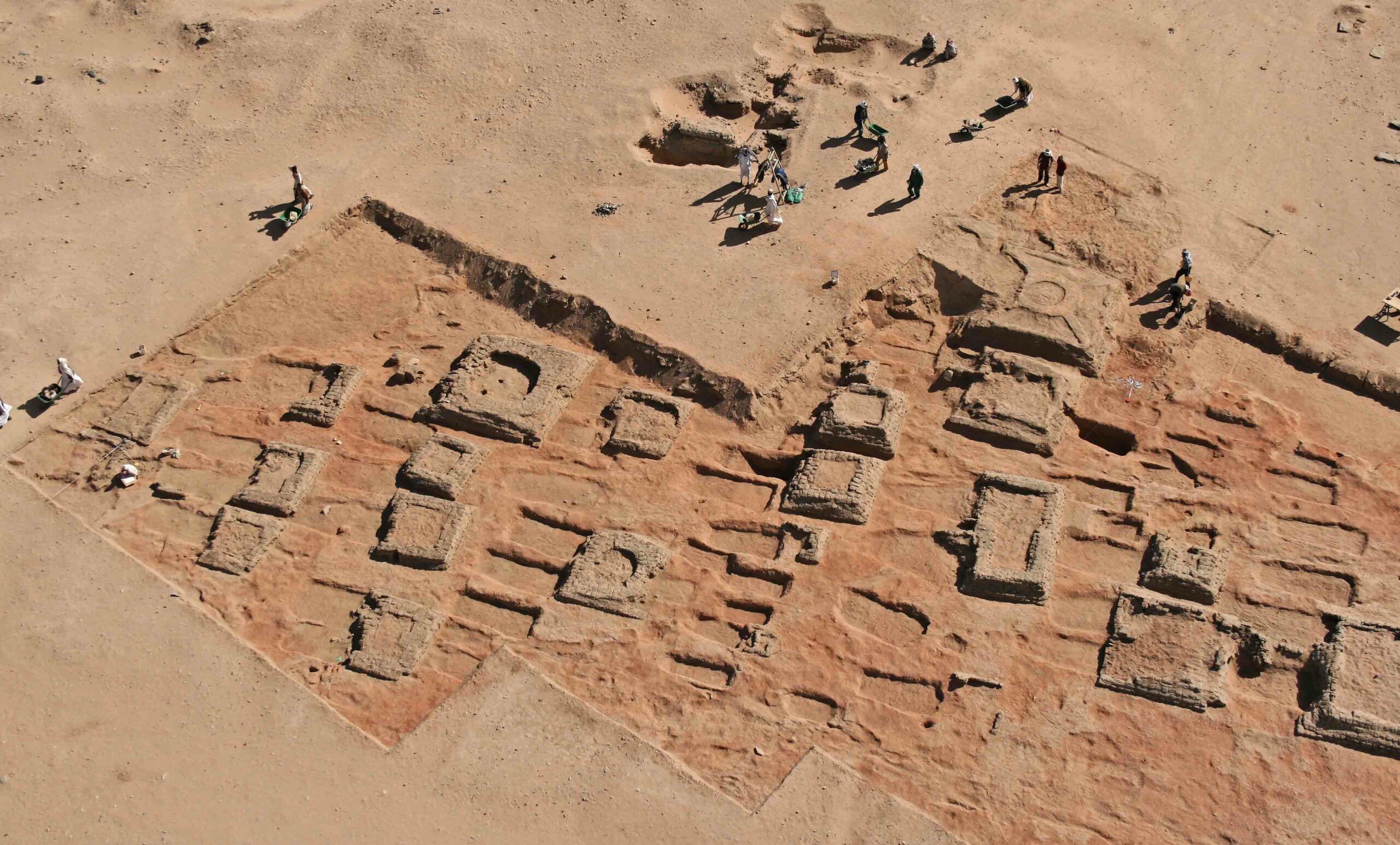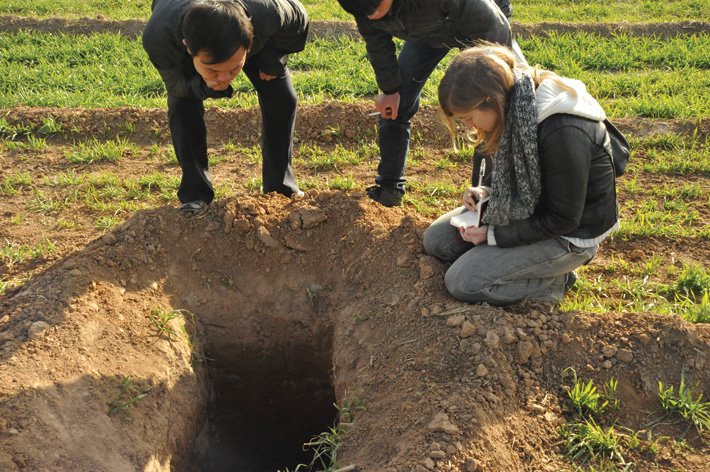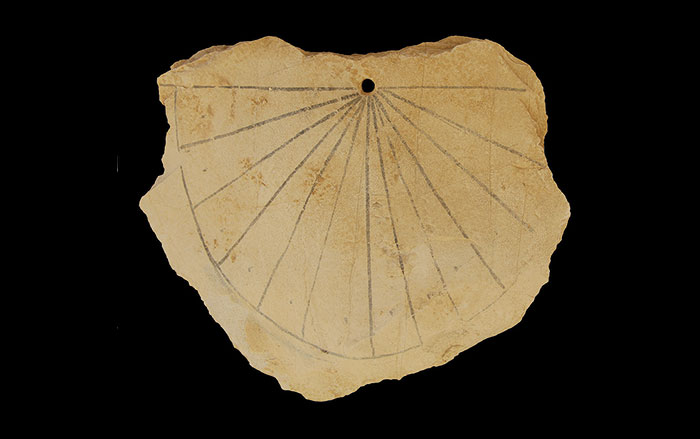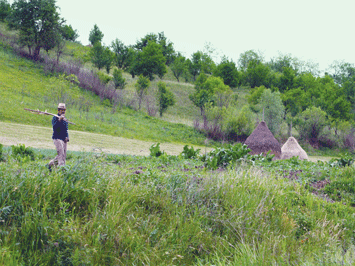
For 20 years, scientists have been attempting to connect modern Europeans’ genetic lineage to either Paleolithic hunter-gatherers who arrived before the last Ice Age, 22,000 years ago, or to the continent’s first farmers, who appeared 7,500 years ago, in the early Neolithic. Australian scientists now say that today’s Europeans may be related to an even later wave of settlers. Scientists retrieved mitochondrial DNA, which passes from mother to child, from the remains of 39 people recovered from archaeological digs in central Europe, covering a 3,500-year span throughout the Neolithic. They identified a particular complex of genes shared by 40 percent of the modern population. These genes display a level of diversity that did not exist among the early hunter-gatherers and was not prominent among the first farmers. It is in later periods of the Neolithic, from about 6,000 to 4,000 years ago, that today’s variants start to pop up regularly.
According to Wolfgang Haak, a molecular archaeologist at the University of Adelaide, this tells us that early Neolithic farmers failed to cement their genetic legacy in central Europe, but that new settlers, possibly bringing related industries such as wool and dairy production, did. “It is not unlikely to assume a constant genetic influx from surrounding areas as settlement density increased towards the end the Neolithic,” Haak explains, “or that further technological advances arrived later.”


